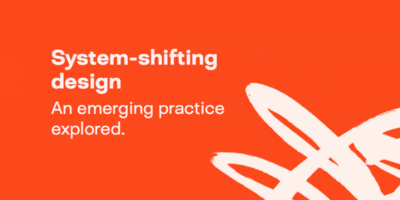University of Bristol

The Intelligent Needle
In 2011, collaborating researchers from the University of Bristol, the University of Exeter and Gloucestershire Hospitals NHS Foundation Trust had developed a fibre optic device capable of performing Raman Spectroscopy. This process allows an automated diagnosis based on the spectroscopic fingerprint of the tissue into which it is inserted.
This ‘intelligent hypodermic needle’ presented a new method of detecting cancer and cancer-like conditions below the skin surface, as well as distinguishing between different tissue types.
Once fully developed, this device would bring significant cost savings and improve the patient experience, benefiting the NHS and healthcare providers worldwide.
Challenge
The Intelligent Needle required significant funding for further development and eventual deployment in the healthcare sector. However, development so far had focused solely on the technological process. For further funding to be achieved, the team would need to demonstrate the product’s usability as well as its groundbreaking technology. This is where Design Council’s expertise helped them.
What we did
Our Design Associate Gareth Jones identified the need to develop the visual appeal of the device at an early stage in order to better communicate and help users and investors understand how the device would be used in practice. At this stage, the device had simply been placed in a regular syringe - a more user-friendly design was needed.
Jones helped identify a shortlist of suitable design companies to produce a demonstration model. Crux Product Design was selected to develop a non-functional model of the device.
To further aid clear and effective presentation, Gareth also assisted in constructing images and 3D display boards to show how the device would work.
Results
The model and boards were used in a presentation for a National Institute of Heath Research (NIHR) funding application, which was ultimately successful. This secured around £500k of funding for further development, which is ongoing. The model has also been valuable for demonstration use in Patient and Public Involvement (PPI) focus groups and now plays a part in guiding further development of the technology.
NHS Innovations South West, which is also a partner in the development, has additionally chosen The Intelligent Needle as a flagship project to steer towards commercialisation.
Since the NIHR presentation, we often get the model out to show to people – it was a far more valuable project than I thought it would be.
Dr John Day, Lead Researcher, University of Bristol
Subscribe to our newsletter
Want to keep up with the latest from the Design Council?

